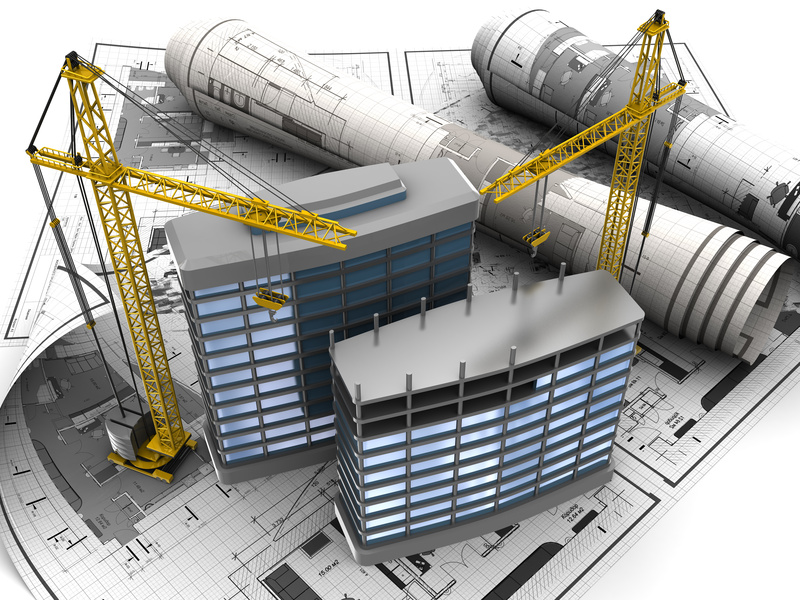
There is a seemingly infinite number of different rigging supplies that are vital to performing crane services and material handling duties, but perhaps none as important as the simple shackle. Shackles can make a claim for the top piece of rigging equipment because they are the primary connecting link in all manner of rigging systems, from boats and ships to industrial crane rigging. This particular piece of rigging equipment is what allows different rigging subsets to be connected or disconnected quickly.
They also help keep workers safe if they’re in good condition and used properly. Just as lifting slings come in many different types; endless, single, two, three, or four leg, shackles have some variety as well. Here are just a few.
- Bow: The bow shackle is a versatile piece of rigging equipment as it is able to take loads from many directions without developing as much side load. This is due to the fact that it has a larger “O” shape to the loop. Also known as an anchor shackle, the larger loop does reduce the overall strength capabilities of these types.
- D-shackle: D-shackles, or chain shackles, are narrow and shaped like a loop of chain and usually features a pin or threaded pin closure. These kind of shackles are one of the most common and in fact many other types of simply variations of the D-shackle.
- Snap: The snap shackle is one of the most convenient types of rigging equipment since it can be used with one hand. It’s a fast action fastener a spring activated locking mechanism to close a hinged shackle, and can be unfastened under load. This does present the opportunity for a safety hazard, but can be incredibly important for temporary uses or in situations which must be moved or replaced often.
Safety is a big part of rigging jobs across the board, but the potential risk of these is much less than say a fall. OSHA uses a three step process to prevent dangerous falls and save lives. The steps are: plan, provide, and train. Without fall arrest and/or safety equipment, a person can fall up to seven feet in two-thirds of a second.